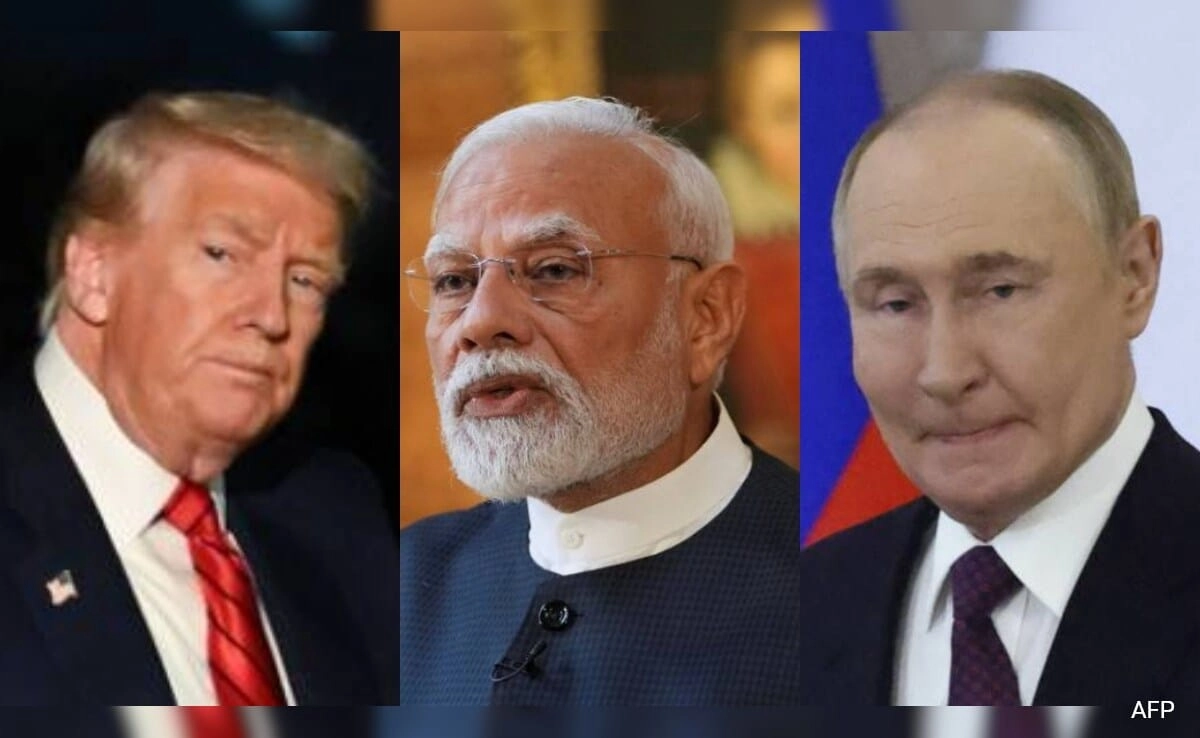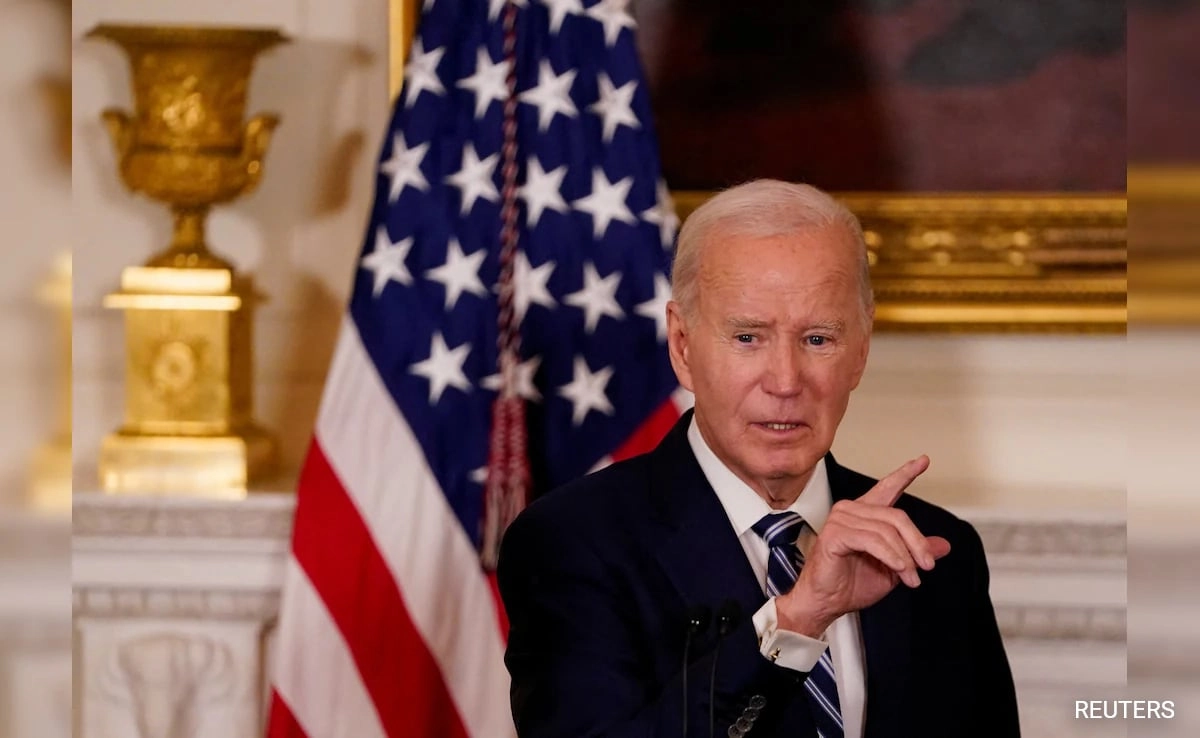India is currently grappling with the implications of the latest trade measures imposed by the United States, which has raised concerns about the potential for heightened tariffs. The recent order from the U.S. government signifies a strategic move that could impact India’s economy significantly, particularly in sectors that are heavily reliant on exports to the U.S. market. The Trump administration has made it clear that it intends to prioritize American manufacturing and protect domestic industries, potentially at the expense of international trade relationships. This approach has led to the implementation of higher tariffs on various goods, thereby complicating the existing trade dynamics between India and the United States.
The ramifications of these tariffs could be extensive for Indian exporters, affecting everything from textiles to electronics. Indian businesses that have thrived in the U.S. market may now face increased costs, which could lead to a reduction in competitiveness. As the U.S. continues to enforce its trade policy, Indian companies must navigate this challenging landscape, adapting their strategies to mitigate the effects of higher tariffs. Moreover, this situation has prompted discussions within India about the need for diversification in trade partnerships, as reliance on a single market can expose the economy to vulnerabilities in times of geopolitical tension.
In response to these developments, the Indian government is likely to explore various avenues to counterbalance the impact of U.S. tariffs. This could include negotiating trade agreements with other countries, enhancing domestic production capabilities, and seeking support from international trade organizations. The goal would be to bolster India’s economic resilience while fostering a more balanced trade environment. The evolving trade relationship between India and the U.S. will require careful navigation, as both nations seek to balance their economic interests amid a backdrop of shifting global trade policies.
Ultimately, the situation underscores the complexities of international trade and the interconnectedness of global economies. As nations like India adapt to the changing landscape, the focus will remain on finding sustainable solutions that promote growth while addressing the challenges posed by protectionist measures. The coming months will be crucial in determining how India responds to these tariffs and whether it can fortify its position in the global market despite the adversities posed by U.S. trade policies.




